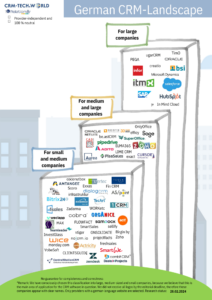| Actricity | | | | | | | | | | | | Kaufpreis: 500 CHF |
| CURSOR-CRM | 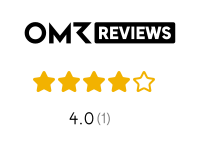 | | (Energie-branche) | | | | Integrationen zu Outlook, Notes und Google Mail | | | REST, SOAP, API Framework | | Cloud: ab 55 € / Monat
Kaufpreis: ab 795 €
|
| GEDYS IntraWare | 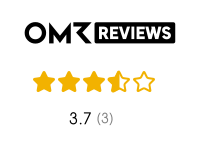 | und B2B2C | | | | | Outlook, Notes, weitere über IMAP-Integr. | | | API, SOAP, weitere | | Freeware bis 5 User, danach ab 59€/mtl. |
CAS Software AG
CAS genesisWorld | 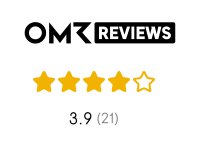 | | | | | | | | | | | ab 27,90€/Monat/User |
| Grutzeck CRM | | | | | OnPremise. Hosting Partner in D | | Outlook Integration | | | | optional | ab 500€ einmaliger Kauf oder Mietvariante |
| Aurea CRM | 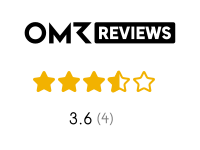 | und B2B2C | | | auf Anfrage | | | | | | | Preis auf Anfrage
|
| BSI | 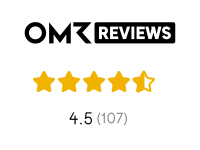 | | | | | | | | | | | Preis auf Anfrage
|
| Wice | 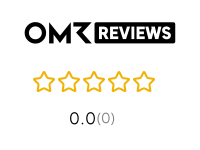 | | | | | | integriert + Outlook | Über Browser | | API, Excel | | 30€/mtl.
|
SmartWe World SE
SmartWe | | | | | | | | | | | | ab 9,90€/Monat/User |
| Samdock | 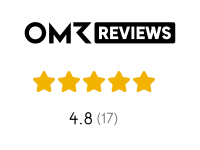 | | | | | | Einlesen und Versenden von E-mails aus dem System möglich | | in der App | Offene API | | Erster User: 19€
Jeder Weitere: 10 €
|
| SuperOffice | 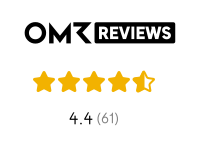 | | | | | |   | | | COMI, REST, SOAP, Zapier | | 45-66€/mtl.
|
| Salesforce | 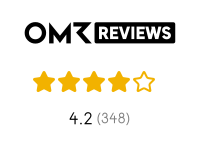 | | | | | | | | | API | | ab 25€/mtl.
|
| HubSpot | 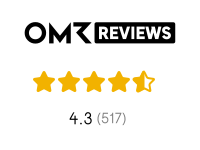
| | | | | | Office365 + G-Suite | | | | | ab 46€/mtl.
|
| ADITO | 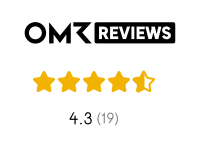 | | | | | |   Lotus Notes etc. Lotus Notes etc. | | | Offene API | | 59-89€/mtl. |
| TecArt | 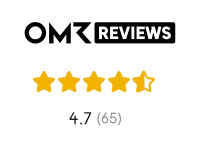 | | | | | | | | | REST, SOAP, Add-On Framework | | Ab 28€ pro Monat (Miete)
Ab 760€ einmaliger Kauf |
| AMTANGEE | 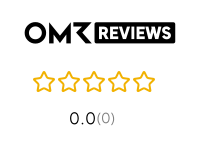 | | | | On Premise, ergänzende Services über EU-Cloud möglich | | integriert, Anbindung an Office365 möglich | | | API | | 29 - 59€/mtl. |
| cobra | 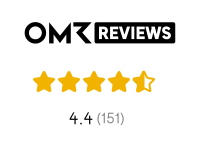 | | | | | |  Lotus Notes Lotus Notes
| | | > 50 Schnittstellen | | ab 39 €/mtl. |
| noCRM | 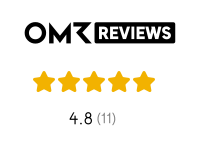 | | | | Nein, aber DSGVO-konform | | Jedes Tool nur mit E-Mail Ablage | | | Offene ABPI. Native Integrationen und Zapier | | 12 - 19€/mtl. |
| Sage 100cloud Plus xRM | 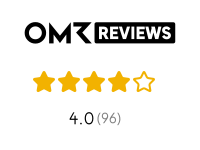 | | | | | | | | | vollständig in das ERP-System Sage 100cloud Plus integriert | | ab 10€/mtl. |
| Bitrix 24 | 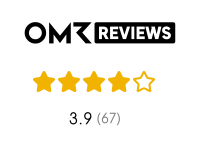 | | | | | |   
| | | Offene Rest API | | 0 - 199 €/mtl. |
| Pipedrive | 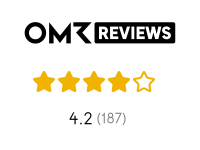 | | | | | |   
 | | | Offene API | | 12,50 - 62,50 €/mtl. |
| Pipeliner | 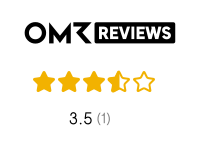 | | | | | |  
| | | Pipeliner CRM Developers API | Google Forms plugin | 30 - 70 €/mtl. |
| ZOHO |  | | | | | |    
| | | REST API | | 12 - 100€/mtl. |
| combit CRM | 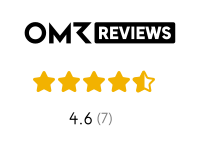 | | | |
| |    , Inxmail, CleverReach, mailchimp, Brevo , Inxmail, CleverReach, mailchimp, Brevo
| | | API | | Ab 22 €/mtl. |
| Julitec | | | | | | | Jedes Tool nur mit E-Mail Ablage | | | API | | 29/35 €/mtl. |
| YetiForce | | | | | | | integriert | Über Browser | | REST API | | kostenlos |
| Mentor | | | | | | | integriert | Über Browser | | MENTOR API | | pro User und Monat, auf Anfrage |
| Act! | 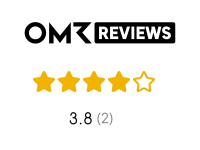 | | | | | |  
| | | Act! API | | 9 - 99 €/mtl. |
| weclapp | 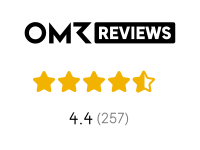 | | | | | |   | | | API | | ab 18€/mtl. (für 2 Nutzer) |
| PiSA-sales | 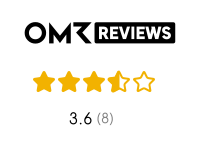 | | | | | |   Lotus Notes Lotus Notes
| | | REST API | | 49 - 59 €/mtl. |
| CentralStationCRM | 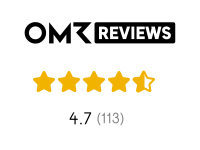 | , KMU (bis 50 User) | | | | | Jedes Tool nur mit BCC als Ablage | | | Offene API | | 0 - 169 €/mtl. |
| quisa | | | | | | | Integrierter Webmailer, Outlook | Über Browser | , Offline Client (extra Kosten) | API | Zusatz-modul | ab 39 €/mtl. (Miete für 3 Nutzer) |
| itmX crm suite (Marketing, Sales, Service, Commerce) | 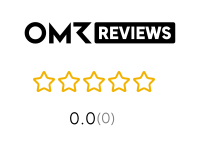 | | | MS Teams und Outlook | | | Vollständige Integration in MS Outlook & Lotus Notes | für Sales und Service | | Vollständige Integration in SAP und Microsoft | | 75 €/ Monat |
| Outlook Infodesk | | | | | und On Premise | | Outlook AddOn | Q3/2023 | | | | 29,90 € |
| Contactbox | 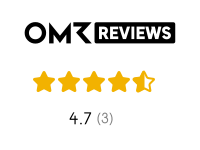 | | | | | | Synchronisation mit Outlook oder anderen Mail-Programmen | , aber über Web auch mobil möglich | | | | 10€, kostenlose Version verfügbar |
| TelMarkt | | | | | Cloud wird nicht unterstützt | | | | | | | Je nach Modul |
| SpiceCRM | | | | | EU basiert und Gaia-X compliant bei Exoscale. Alternativ bei GCP in DE. On Premise ebenso möglich. | |  
Standard AddOn für Office365 und G-Suite, Integrationen zu Twilio, sendgrid, Mailgun, Brevio und anderen | | | REST, SOAP, HL7 – 100% APO basierter Ansatz, 100% erweiterbar | | €39,- pro Monat |


